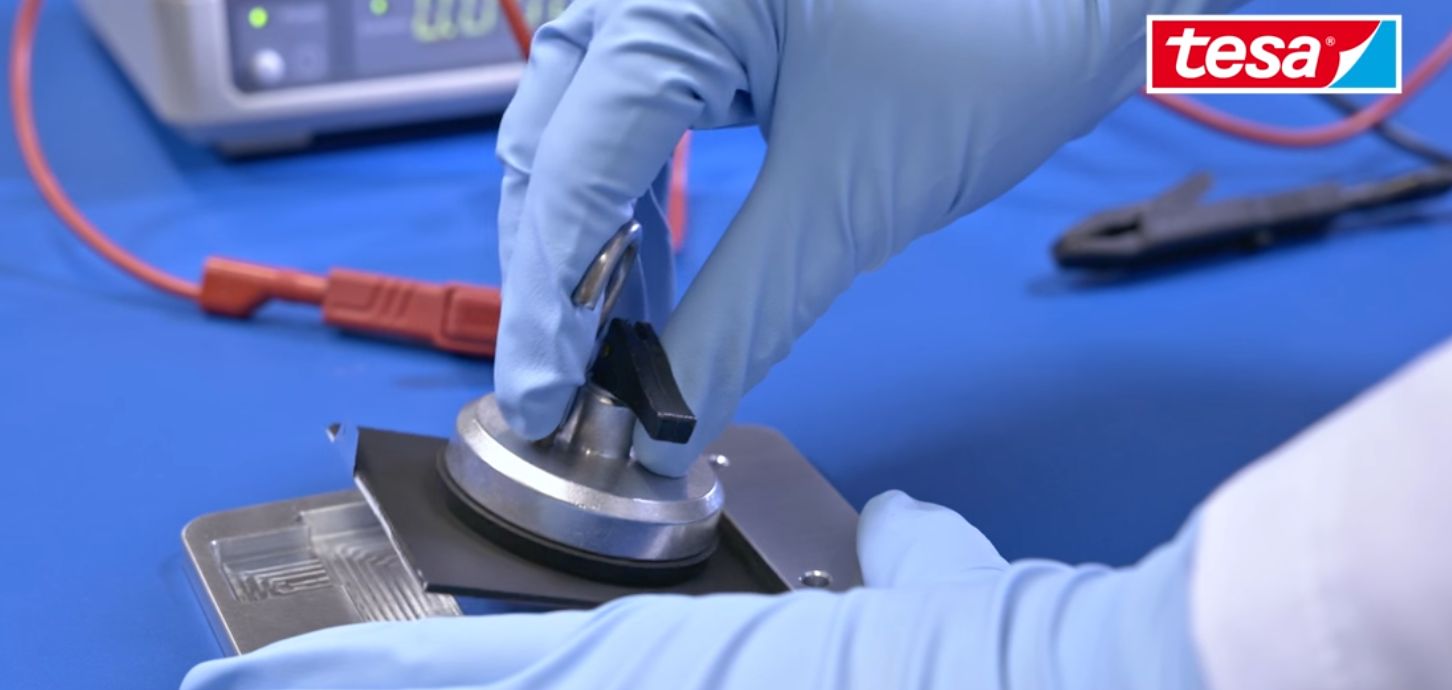As a result of the European Union’s push for greater repairability of consumer devices like smartphones, Apple sees itself forced to make the batteries in the iPhone user-replaceable by 2027. Reportedly, this has led Apple to look at using electroadhesion rather than conventional adhesives which require either heat, isopropyl alcohol, violence, or all of the above to release. Although details are scarce, it seems that the general idea would be that the battery is wrapped in metal, which, together with the inside of the metal case, would allow for the creation of a cationic/anionic pair capable of permanent adhesion with the application of a low-voltage DC current.
This is not an entirely wild idea. Tesa has already commercialized it in the electrical debonding form of its Debonding on Demand product. This uses a tape that’s applied to one side of the (metal) surfaces, with a 5 bar pressure being applied for 5 seconds. Afterwards, the two parts can be released again without residue as shown in the above image. This involves applying a 12V DC voltage for 60 seconds, with the two parts afterward removable without force.
Tesa markets this right alongside the pull tab adhesive strips which are currently all the rage in smartphones, with the opinions on pull strips during battery replacement strongly divided. A bottle of IPA is always good to have nearby when a pull tab inevitably snaps off and you have to pry the battery loose. In that regard electroadhesion for debonding would make life significantly easier since the times when batteries were not a structural part of smartphones are unlikely to return no matter how much we might miss them.
We covered electroadhesion previously, as you can make just about anything stick to anything, including biological tissues to graphite and metal, with potentially interesting applications in robotics and medicine.








:max_bytes(150000):strip_icc()/roundup-writereditor-loved-deals-tout-f5de51f85de145b2b1eb99cdb7b6cb84.jpg)


